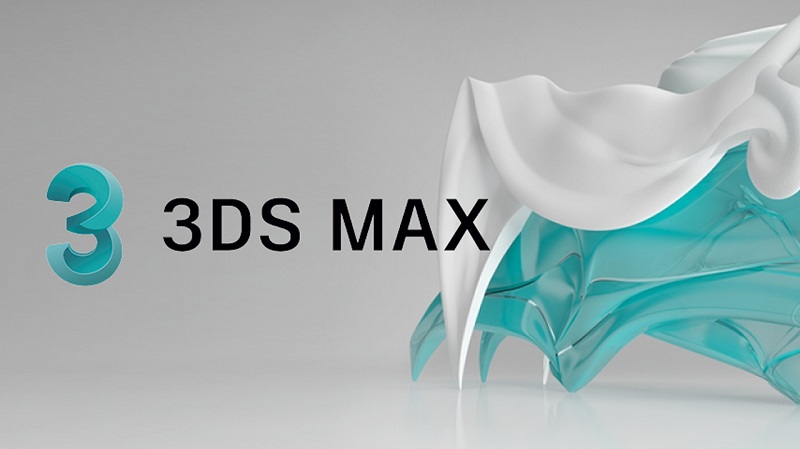
Interactive UI Frameworks: Comparing SvelteKit and Qwik to React and Vue
The world of web development is constantly evolving, with new frameworks emerging that challenge long-established leaders. In recent years, SvelteKit and Qwik have been gaining traction for their unique approaches to rendering and optimisation. This article takes a practical look at how these two modern frameworks compare to React and Vue — both of which have become industry standards. We will explore performance, developer experience, and real-world application in 2025.
Performance Benchmarks and Rendering Strategies
Performance remains a critical consideration in choosing a UI framework, especially in 2025 when users expect near-instant load times even on mobile devices. SvelteKit and Qwik offer radically different rendering strategies compared to React and Vue, resulting in different outcomes for initial load time and interactivity.
SvelteKit compiles components ahead of time into highly optimised JavaScript. This means the browser receives only what it needs, with minimal runtime overhead. It handles server-side rendering (SSR) efficiently and allows for fine-grained control over hydration, making it suitable for both small sites and large-scale apps.
Qwik, on the other hand, takes a novel “resumability” approach. Instead of rehydrating components on load, Qwik serialises the state of the app during server rendering, allowing the browser to resume interactivity without re-executing code. This results in exceptionally fast Time-To-Interactive (TTI), which can outperform even SvelteKit in complex scenarios.
React and Vue in 2025 Context
React remains widely adopted due to its extensive ecosystem and stable evolution, but its traditional hydration model causes performance challenges in slow networks or resource-constrained devices. React Server Components (RSC) have improved performance, but require a complex setup and are still maturing.
Vue 3 has integrated Composition API and improved SSR, making it more performant than previous versions. However, like React, it still relies on runtime parsing and hydration. Developers looking for extreme optimisation might find Vue slightly limiting compared to SvelteKit and Qwik.
In summary, Qwik leads in TTI for large apps, SvelteKit excels in simplicity and compiled output, while React and Vue continue to offer familiar tools with slightly heavier runtime costs.
Developer Experience and Tooling in Practice
Choosing a UI framework isn’t just about performance — developer experience (DX) is essential for long-term maintainability. As of 2025, all four frameworks offer robust tooling, but differ in philosophy and ergonomics.
SvelteKit prioritises simplicity. Its file-based routing, built-in support for TypeScript, and zero-config build tools create an intuitive and enjoyable experience. State management is straightforward, and the component syntax is clean, reducing boilerplate.
Qwik has a steeper learning curve due to its unconventional paradigm. Developers must adapt to declarative resumability, fine-grained lazy-loading, and unique directives. However, once mastered, Qwik’s DX becomes powerful, especially when building extremely scalable web applications.
React and Vue Developer Ecosystems
React continues to have one of the largest ecosystems, with Vite, Next.js, and Astro now fully compatible. Its JSX syntax remains familiar, but introduces verbosity. Type safety is well-supported, and frameworks like Remix and RSC offer modernised DX options.
Vue 3 has made strides in modularity and tooling, with Vite as the default build tool. Its Options API and Composition API offer flexibility depending on the developer’s preference. Its documentation remains excellent, and the learning curve is more gradual than Qwik’s.
Overall, SvelteKit and Vue are more beginner-friendly, React provides unmatched plugin support, and Qwik rewards mastery with unmatched scalability and TTI.

Community Support and Real-World Adoption
Community adoption is a key factor in the longevity and reliability of a framework. In 2025, React remains dominant in enterprise, but SvelteKit and Qwik are gaining real-world traction — especially in performance-critical use cases and startup environments.
SvelteKit has strong support from companies that value simplicity and performance, such as The Guardian and Square Enix. Its vibrant community and official support channels have grown steadily, and the Vercel ecosystem has also begun to adopt SvelteKit-friendly infrastructure.
Qwik, backed by Builder.io, has seen adoption in e-commerce and high-traffic content delivery sites where load times directly impact conversions. Its community is smaller but highly engaged, and its open-source governance has encouraged third-party contributions.
React and Vue in Production Today
React powers major applications at Meta, Airbnb, and Netflix. Its maturity and widespread use make it a safe choice for most enterprise projects. However, performance-focused startups are exploring alternatives due to React’s runtime demands.
Vue remains a favourite among solo developers, creative agencies, and small to medium-sized businesses. It is used by Alibaba, Xiaomi, and Nintendo, particularly in internal tools and SPAs. Vue’s documentation and plugin ecosystem help developers build quickly and confidently.
In practical terms, React is dominant in scale, Vue is versatile and friendly, SvelteKit is increasingly chosen for performance, and Qwik is pushing the frontier of what’s technically possible.





